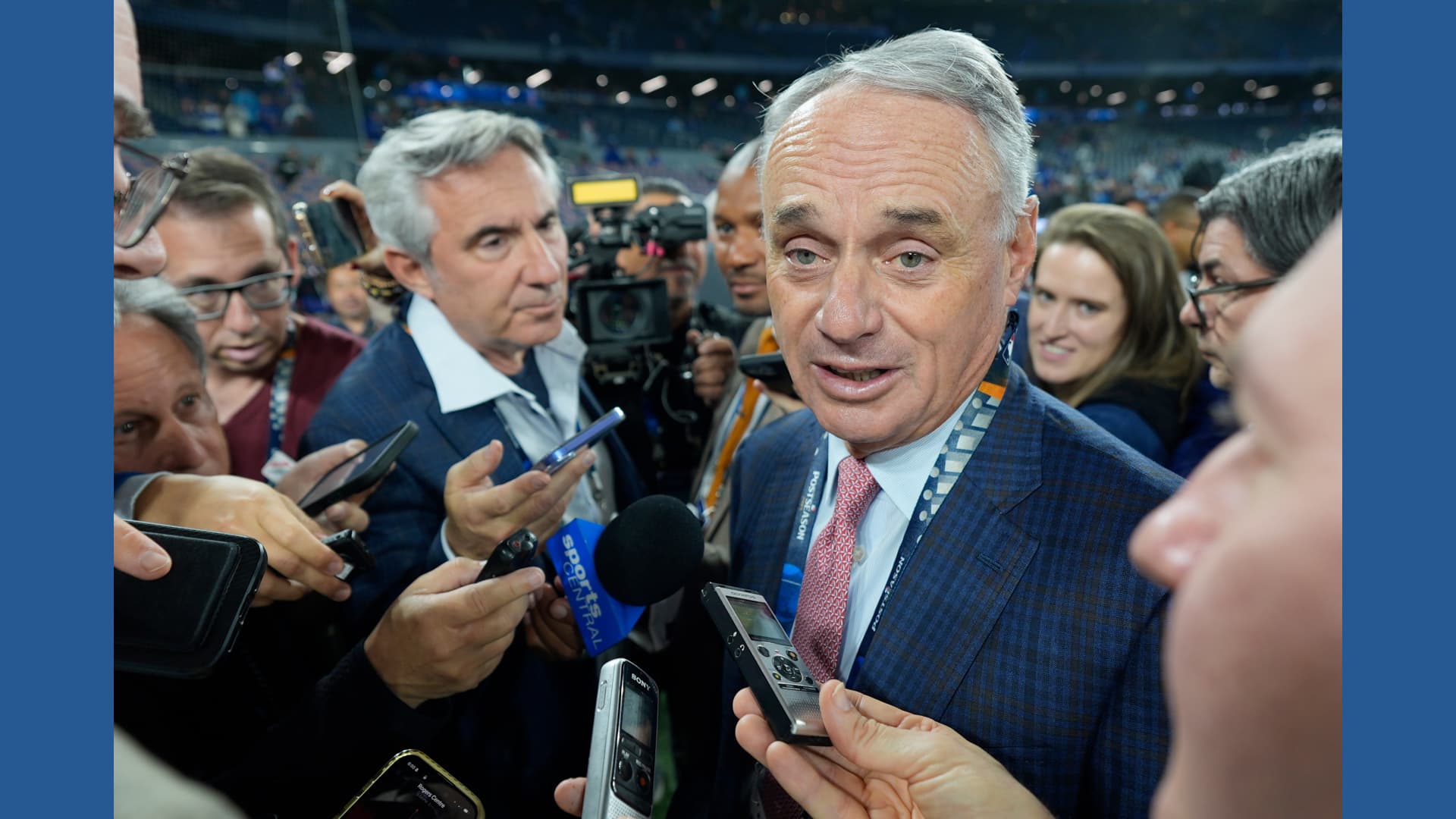Norris Grabs Pole on Las Vegas Strip, Piastri Starts Fifth
Lando Norris took a dazzling pole position on the Las Vegas street circuit, giving McLaren a strategic springboard for a decisive Grand Prix weekend while teammate Oscar Piastri qualified fifth. The result underlined the team’s adaptation to the unique demands of the illuminated strip course, and it raises stakes for a championship battle played out in front of a global entertainment audience.

Lando Norris produced the fastest single lap under the lights of the Las Vegas strip on Friday, securing pole position for the Grand Prix and handing McLaren an early advantage for a weekend that blends sport, spectacle and commercial theatre. His teammate Oscar Piastri will begin from fifth, setting up a mixed but promising grid for a team that has shown pace and resilience across this high stakes campaign.
Qualifying at the temporary street circuit on November 21 exposed the fine margins that define modern Formula 1. Track evolution, surface variability and the challenge of laying down a perfect late run made the session a tense chess match between drivers and engineers. Norris managed to find the ideal window, extracting grip on a course that rewards precision and punishes small errors. Piastri’s fifth place was strong on a circuit where overtaking opportunities exist but are harder to execute than on traditional permanent venues.
From a performance standpoint, McLaren’s showing here speaks to an ability to set up a car for the contradictory demands of a street night race. The team found a compromise between mechanical compliance for the bumpy strip sections and aerodynamic stability for the long lit straights. Norris’s lap, built on rhythm and timing rather than raw top end alone, hints at a car that can play a dual role in both qualifying and race trim. Piastri’s park of fifth suggests depth in the operation, but also signals that teammates may have to pursue different tactical roles on Sunday, with one free to attack and another to protect championship interests.
The Las Vegas Grand Prix represents more than a motorsport contest. It is a showcase of Formula 1’s strategy of urban expansion and entertainment integration, where circuits double as stages and broadcasting rights reach global audiences bent on spectacle. Hosting a race on the strip amplifies sponsorship activation and hospitality revenues, and it cements the United States as a pivotal market in the sport’s commercial architecture. For Las Vegas the economic payoff is immediate, with tourism and ancillary spending boosted by the influx of fans and media.
At the same time the event intensifies debates about urban disruption and environmental cost. Temporary street circuits demand significant logistical intervention, and the balance between economic benefit and community impact remains a live question for host cities. The sport’s growth model relies on delivering grand live spectacles while simultaneously addressing sustainability commitments, an industry tension that organizers must navigate carefully.
On the sporting front, Norris’s pole shifts pressure onto rivals and gives McLaren a tangible lever for Sunday’s strategy. Whether that advantage converts into a race win will depend on tire management, race starts and how teams read the strip’s evolving grip under different fuel loads. For fans and a city that prizes entertainment, the Las Vegas Grand Prix has already delivered a dramatic night. For the championship, the session raised the stakes and sent a clear message that the battle for the title will be decided not only by speed, but by adaptability in a changing sporting and commercial landscape.


